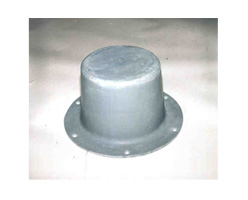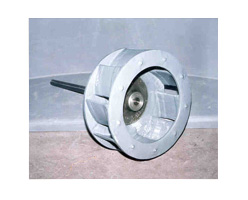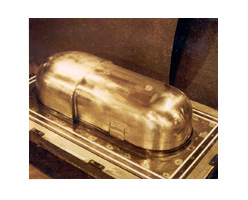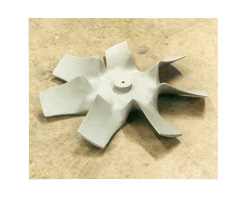WHY USE FIBERGLASS COMPOSITES
Light Weight |
 |
Energy Consumption |
Parts Consolidation |
 |
High Strength |
Low Tooling Cost |
 |
Corrosion Resistance |
Design Flexibility |
 |
Low Finishing Cost |
Molding Flexibility |
 |
Dimensional Stability |








